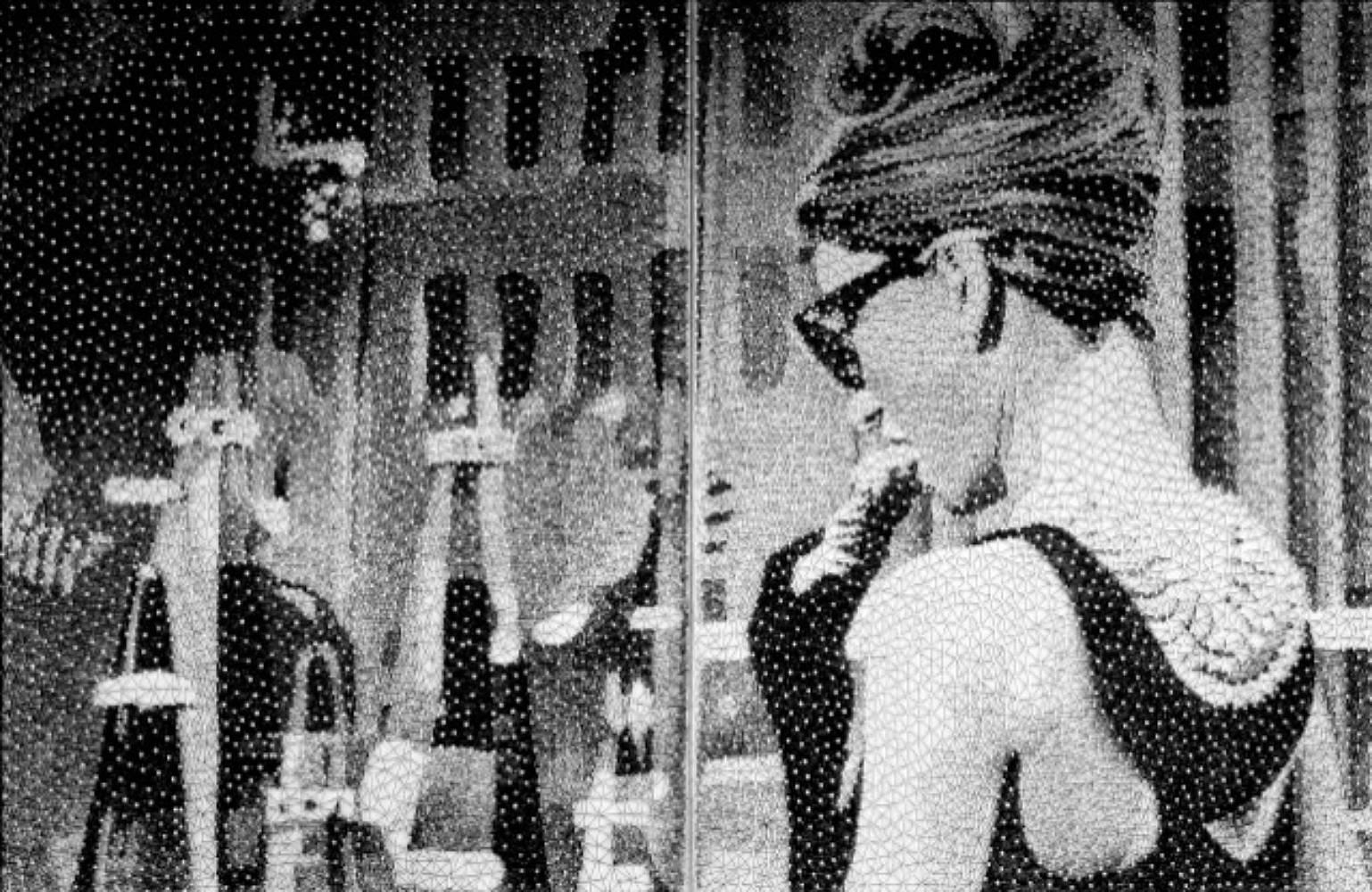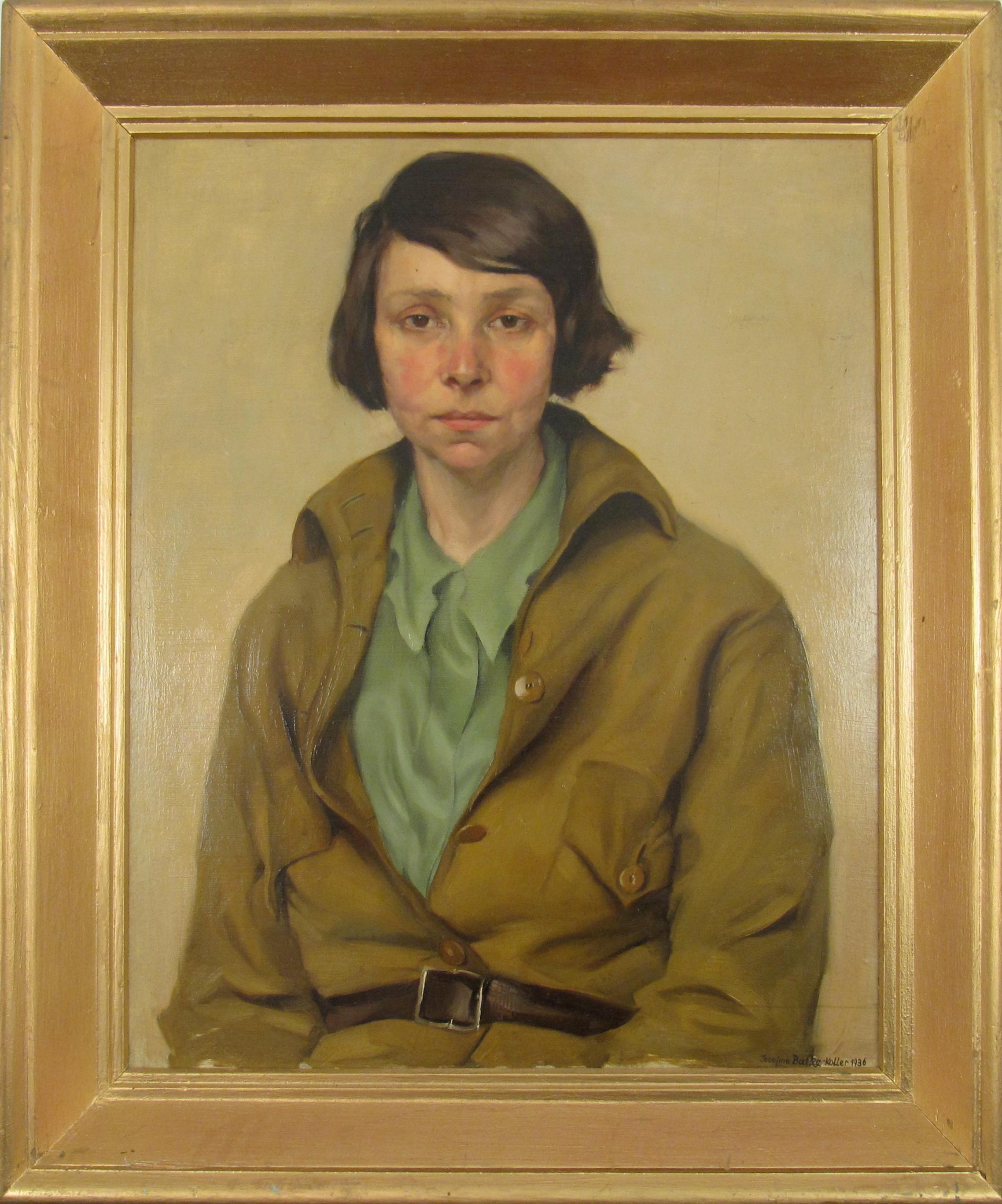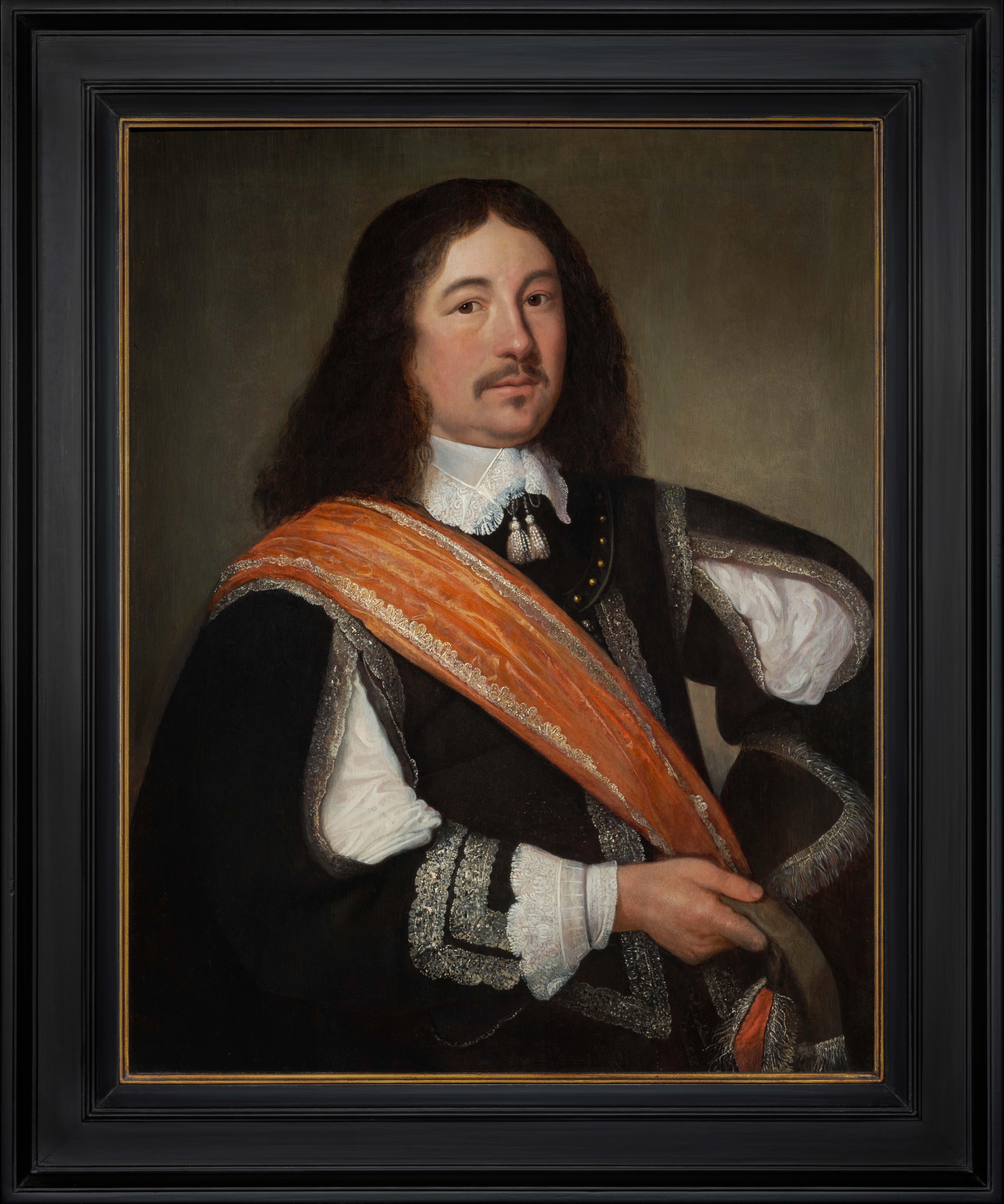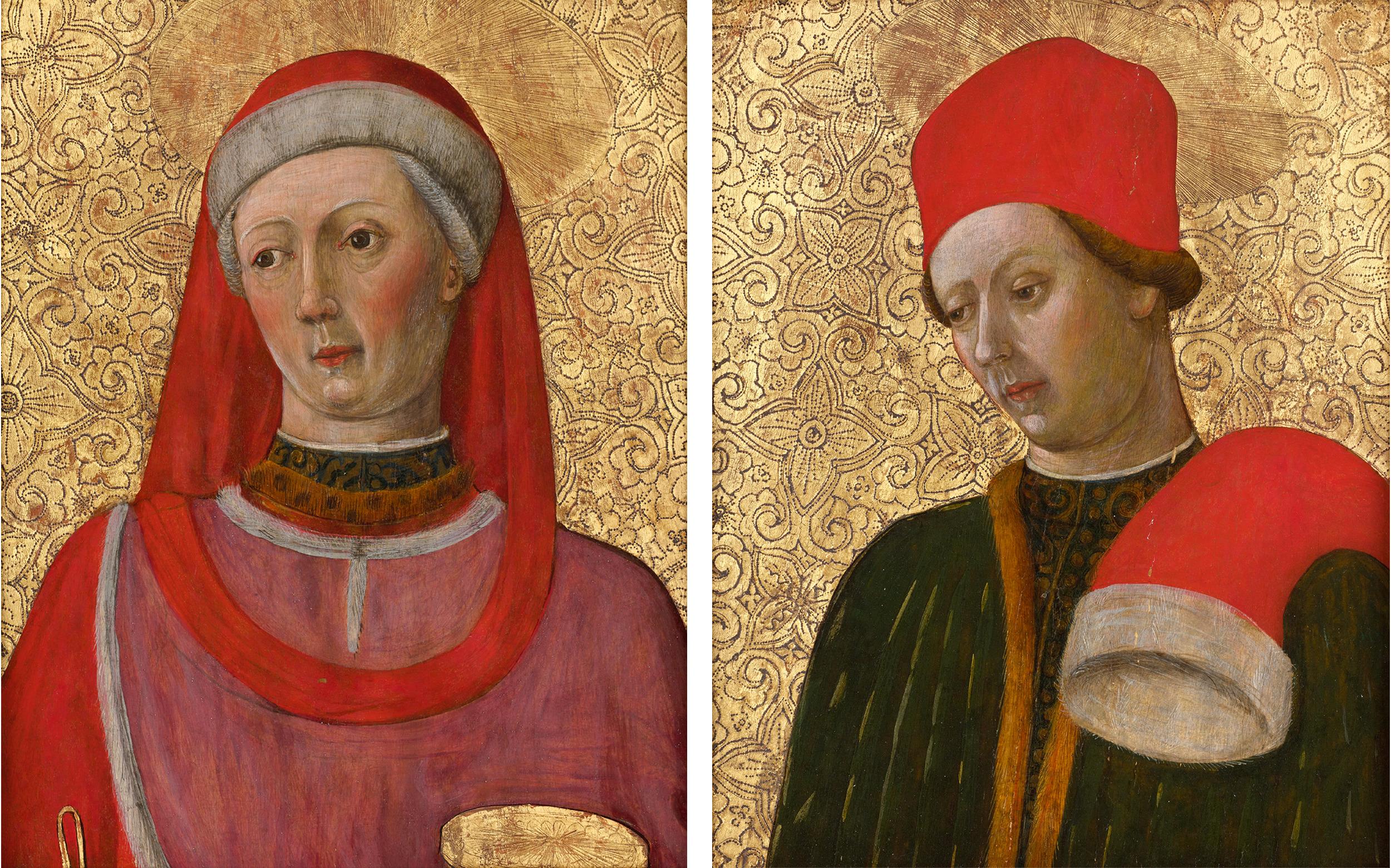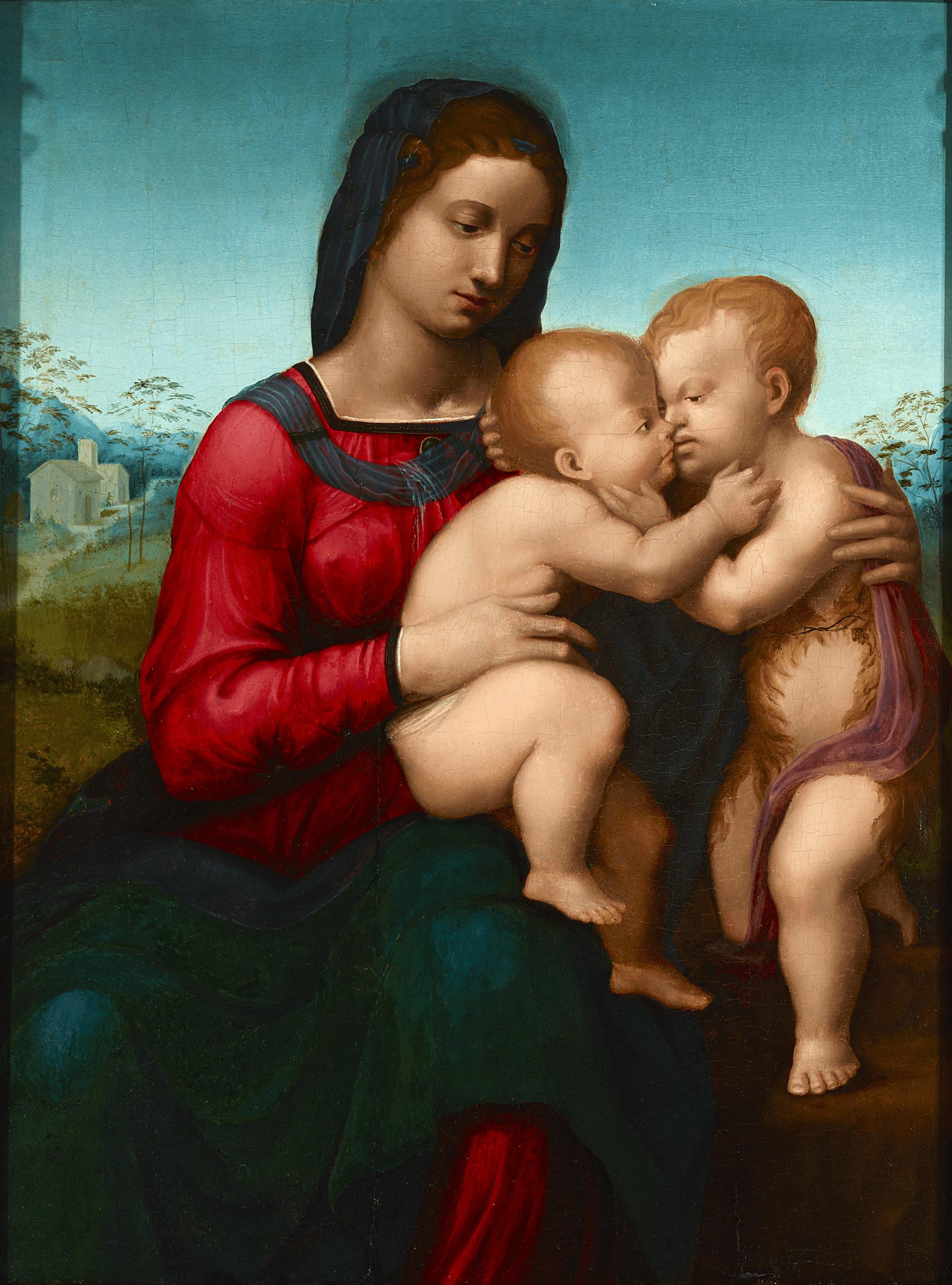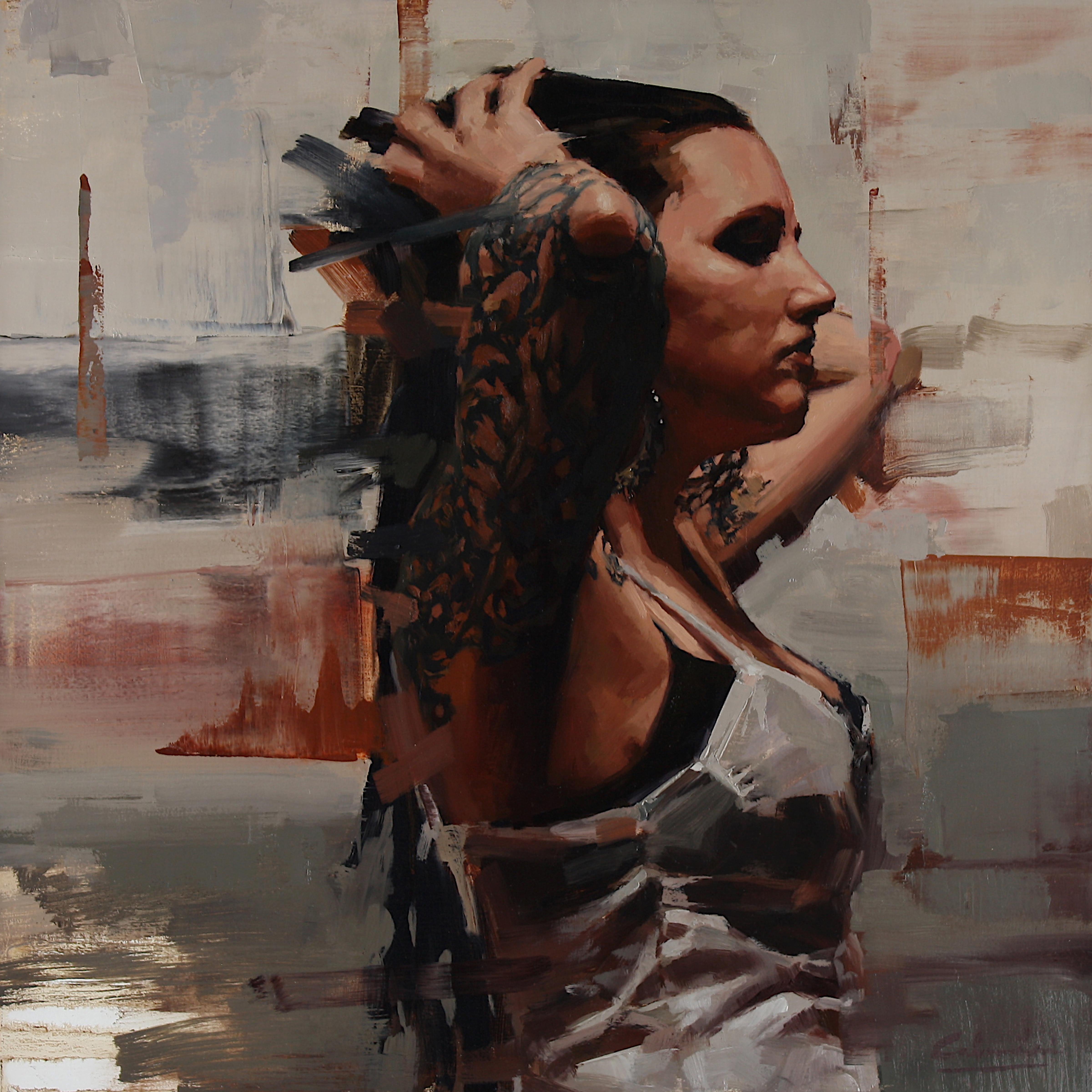Items Similar to 16 century
Virgin and child
Want more images or videos?
Request additional images or videos from the seller
1 of 6
16 century
Virgin and child
About the Item
Oil on panel
Flemish painting
- Dimensions:Height: 9.45 in (24 cm)Diameter: 9.45 in (24 cm)
- More Editions & Sizes:14 cmPrice: $10,971
- Medium:
- Circle Of:Maestro de las medias figuras (1500 - 1580, Flemish)
- Period:
- Condition:
- Gallery Location:MADRID, ES
- Reference Number:1stDibs: LU2444212398112
About the Seller
No Reviews Yet
Vetted Seller
These experienced sellers undergo a comprehensive evaluation by our team of in-house experts.
1stDibs seller since 2023
Typical response time: <1 hour
- ShippingRetrieving quote...Ships From: MADRID, Spain
- Return PolicyA return for this item may be initiated within 14 days of delivery.
More From This SellerView All
- Napoleón and his family.Located in MADRID, ESMiniature 19 century, painted in ivoryCategory
19th Century Portrait Paintings
MaterialsPanel
- Virgin and childLocated in MADRID, ESVenetian oil on panel end of 15 centuryCategory
15th Century and Earlier Figurative Paintings
MaterialsWood Panel
- GuadalupanaLocated in MADRID, ESMexican 18 century virgin of Guadalupe . Oil on canvas.Category
18th Century Portrait Paintings
MaterialsCanvas
- PortraitsBy Nicolas de LargillièreLocated in MADRID, ESOil on canvas. French portraits.Category
18th Century Portrait Paintings
MaterialsCanvas
- Ecce HomoBy Bartolomé Esteban MurilloLocated in MADRID, ESOil on canvas. Bartolomé Esteban Murillo and workshop. Certificated by Enrique Valdivieso who is the most inportant expert in this artist.Category
17th Century Portrait Paintings
MaterialsCanvas
- Zoco MarroquíLocated in MADRID, ESIncredible effect of light in Morocco.Category
Early 20th Century Impressionist Landscape Paintings
MaterialsWood Panel
You May Also Like
- Breakfast at Tiffanys IIIBy Nemo JantzenLocated in New York, NYNails and thread on wooden panel with plexiglass box. It consists 2 panels of 47"x 61" In his latest body of work, the Dutch artist Nemo Jantzen is combining skills obtained in the ...Category
2010s Contemporary Mixed Media
MaterialsTextile, Thread, Plexiglass, Mixed Media, Wood Panel
- Josefine Batke - Koller (Austrian, 1897-1976) Jewish Brigadist Oil Painting 1936By Josefine Batke-KollerLocated in Meinisberg, CHJosefine Batke - Koller (Austrian, 1897-1976) Portrait of a Young, Jewish Communist Brigadist from the Spanish Civil War • Oil on panel ca. 60 x 49 cm • Frame ca. 75 x 62 cm • Sign...Category
1930s Naturalistic Portrait Paintings
MaterialsOil, Wood Panel
- Portrait Gentleman Black Coat Orange Sash, Dutch Old Master, Oil on Panel c.1650By Bartholomeus van der HelstLocated in London, GBThis exquisite portrait of a gentleman depicted in a sumptuous black coat edged with silver and slashed sleeves is an excellent example of the type of portrait fashionable in England and the Low Countries during the 17th century. The confident pose, striking orange sash - the colour of the house of Orange Nassau - and the leather gorget imbue the sitter with a sense of masculinity and power. The profusely decorated costume is of the highest quality and de rigueur of an elite class - the artist has carefully cultivated this portrait to emphasise the sitter’s wealth and standing in the society that he belonged to. The casual pose, with one arm resting on a hip, is much less formal than earlier decades, and it speaks of ‘sprezzatura’ – one’s appearance should not appear laborious, but instead, effortless. The oil on cradled panel portrait can be dated to circa 1650 based on the hairstyle and the attire - small falling collar, short doublet (doublets reduced in size to just below the ribcage in the late 1650’s), and the type of slashed sleeves with the sleeve seams left open to reveal the white fabric. The demand for portraits in the Netherlands was great in the 17th century. Bartholemeus van der Helst was considered to be one of the leading portrait painters of the Dutch Golden Age surpassing even Rembrandt as the most sought-after portraitist in Harlaam. The Dutch Golden Age, roughly spanning the 17th century, was a period when Dutch trade, science, military, and art were among the most acclaimed in the world. Dutch explorers charted new territory and settled abroad. Trade by the Dutch East-India Company thrived, and war heroes from the naval battles were decorated and became national heroes. During this time, The Dutch Old Masters began to prevail in the art world, creating a depth of realistic portraits of people and life in the area that has hardly been surpassed. The Golden Age painters depicted the scenes that their discerning new middle-class patrons wanted to see. This new wealth from merchant activities and exploration combined with a lack of church patronage, shifted art subjects away from biblical genres. Still life’s of items of everyday objects, landscapes, and seascapes reflecting the naval and trade power that the Republic enjoyed were popular. The new wealthy class were keen to have their portraits commissioned and many artists worked in this lucrative field. Such was the popularity of art that everyone had a painting, even the humble butcher, and hundreds of thousands of paintings were produced. By tradition the sitter is Maarten Tromp (1598-1653) who was an Admiral in the Dutch Navy (the reverse of the portrait contains an old handwritten inscription “van Tromp”). Certainly, the distinctive orange sash is similar to those worn by officers of the Dutch army in the Netherlands who served under the Princes of Orange and the House of Nassau. However, it should be noted that the physiognomy differs from other images of Tromp. Tromp was the oldest son of Harpert Maertensz, a naval officer and captain. He joined the Dutch navy as a lieutenant in July 1622 and was later promoted from captain to Lieutenant-Admiral of Holland and West Frisia in 1637. In 1639, during the Dutch struggle for independence from Spain, Tromp defeated a large Spanish fleet bound for Flanders at the Battle of the Downs, which marked an enormous change - the end of Spanish naval power. He was killed in action during the First Anglo-Dutch War in 1653 where he commanded the Dutch fleet in the battle of Scheveningen. Gloves were an absolutely vital accessory and the elaborate pair in this portrait are embellished with threads of silk and precious metals and salmon-coloured lining. He wears only one glove and holds the other, providing an opportunity to better display the cuffs and detail on his right wrist and forearm. The gloves are probably made from the most prized leather which came from Spain, in particular from Cordova. Cordovan leather was tanned with a special vegetal process that left it both highly impermeable and divinely soft. King Charles I, posed in a rather relaxed manner for Daniel Mytens’s portrait in 1631, is wearing gloves and boots in matching Cordovan leather. The hide is thick, but you can see just how supple it is from the way the gauntlet dimples and the long boot legs fold over themselves, rippling and wrinkling at the ankles. Apart from keeping hands warm the use of gloves during the 15th through the 19th centuries were full of symbolism and they were worn regardless of the season. They kept the skin unblemished - soft, smooth hands were considered highly attractive. This combination of necessity and proximity to bare skin made gloves a deeply personal gift and they took on a strong symbolic significance and were regarded as emblematic of fidelity and loyalty for hundreds of years. Such was the importance of their symbolism was that some gloves were never intended to be worn at all. Their luxury made them ideal gifts at court, and so in the 15th and 16th centuries, ambassadors often presented them as symbols of loyalty. Until the mid-19th century, it was customary to give gloves as tokens to guests at weddings and to mourners at funerals. Gentleman often gifted their bride-to-be with a pair of gloves (the obligatory gift) and were handed over at the betrothal and put on display before the wedding took place. It was probably their direct contact with the skin that led to the eroticism of gloves. Not only were pairs often exchanged between lovers, but from the 16th to the 18th centuries, it was common practice to remove one glove and give it as a gift to a favourite. The idea of the item being presented still warm from the wearer’s hand is certainly suggestive. Following the death of King George IV, his executors purportedly found over a thousand mismatched ladies’ gloves among his possessions. The sentiment of a 17th-century poem reveals the popularity of the practice: “Come to our wedding to requite your loves / Shew us your hands and we’ll fit you with gloves.” Such generosity might be pricey for the hosts, but gloves of varying quality could be offered depending on the status of the recipient. Pairs made with the finest Spanish leather might be reserved for immediate family, while coarse sheep’s leather could be distributed among the servants and tradesmen. The apportioning of quality according to class provided a very clear message of the gloves’ intended use. For refined guests, they were decoration; for the lower classes, they were functional. Bartholomeus van der Helst...Category
17th Century Old Masters Portrait Paintings
MaterialsOil, Wood Panel
- Saint Cosmas And Saint Damian Attributed To Bonifacio BemboBy Bonifacio BemboLocated in New Orleans, LAAttributed to Bonifacio Bembo c.1444-1477 Italy Saint Cosmas and Saint Damian Tempera on panel These exceptionally rare early Renaissance panels of Saint Cosmas and Saint Damian are an extraordinary new discovery. Based on the research of art historians Marco Tanzi and Andrea de Marchi, it is believed that these represent the missing panels from the famed polyptych formerly displayed on the altar of the Chapel of San Nicola da Tolentino in the Church of Sant’Agostino in Cremona, Italy. To find two matching early Renaissance panels outside of a museum or church, particularly in such remarkable condition, is an extraordinary rarity. The central and left-sided panels of the original five-part polyptych are currently in the collection of the Museo Civico Ala Ponzone in Cremona. These panels have luckily remained intact, and respectively portray the Madonna and Child Enthroned with Angels and Donor, Saint Nicholas of Tolentino (the chapel’s namesake) and Saint George. While the present panels have since been reduced, that they belong to the Cremonese altarpiece is confirmed by a number of stylistic elements. All five panels contain the same rich decorative arabesque pattern on their stamped gold background, while the figures’ knurled haloes are identical in both their fineness of line and use of perspective. The proportions of the figures coincide perfectly; Saints Cosmas and Damian would have originally also been depicted as full-length figures, fitting into the vertical, Gothic style of the altarpiece. According to the Christian religion, Saint Cosmas and Saint Damian were 3rd century physicians born in Arabia. Little is known about their lives except that they were reputedly twin brothers and that they were martyred in Syria during the persecution of Emperor Diocletian. It was believed that the saints were skilled in healing, and when their medicines failed, their faith and prayers could always perform miracles. Thus, the saints are often depicted with their medical equipment while wearing the traditional medieval doctor’s garb of crimson robes and distinctive round red hats. The saints are similarly depicted in the present panels, though considering the manner in which they have been cut, their medical tools are not immediately evident. The saints were highly popular as patrons of wealthy families during the Gothic and Renaissance eras, particularly the Medici, and thus they occur frequently in art from the era. The twins, for instance, are found in the famed San Marco Altarpiece by Fra Angelico in the San Marco Museum (Florence), as well as in a set of Medici panels crafted by Filippo Lippi...Category
15th Century and Earlier Renaissance Portrait Paintings
MaterialsTempera, Panel
- Virgin and Child with the Infant Saint JohnBy Domenico PuligoLocated in New Orleans, LAA masterful example of Italian Mannerist painting, this exceptional panel was composed by the renowned Florentine painter Domenico Puligo. Alongside Jacopo Pontormo and Rosso Fiorentino, Puligo is remembered as one of the foremost figures of the Mannerist movement that rose to prominence during the 16th century in Florence. This panel of the Virgin Mary with the Christ child and Saint John the Baptist is a characteristic example of his celebrated devotional images, which grace museums such as the Metropolitan Museum of Art (New York), Museo del Prado (Madrid), Palazzo Borghese (Rome), and Palazzo Pitti (Florence), among many others. Puligo’s skill with color is fully demonstrated in the beautifully preserved work. Considering its age, the vibrancy and the sheer range of color is remarkable. The Virgin Mary’s crimson dress...Category
16th Century Mannerist Portrait Paintings
MaterialsOil, Panel
- "Outside the Box" Oil PaintingBy Calvin LaiLocated in Denver, COCalvin Lai's (US based) "Outside the Box" is an original, handmade oil painting that depicts a woman in profile holding up her dark brown hair and revealing her heavily tattooed arms...Category
2010s American Impressionist Portrait Paintings
MaterialsOil, Wood Panel
Recently Viewed
View AllMore Ways To Browse
16 Century
Antique Virgin
Virgin Painting
Antique 16th Century Paintings
Virgin Oil Painting
Virgin Child
Virgin And Child
Virgin Child Painting
Virgin And Child Painting
16th Century Portrait Oil Paintings
Flemish Oil Portrait
Portrait 16th Century Oil
Pair Oil Portraits
Portrait Uniform
19th American Portrait Oil
Noble Portrait
19th Century American Oil Portraits
Portrait Of Noble
